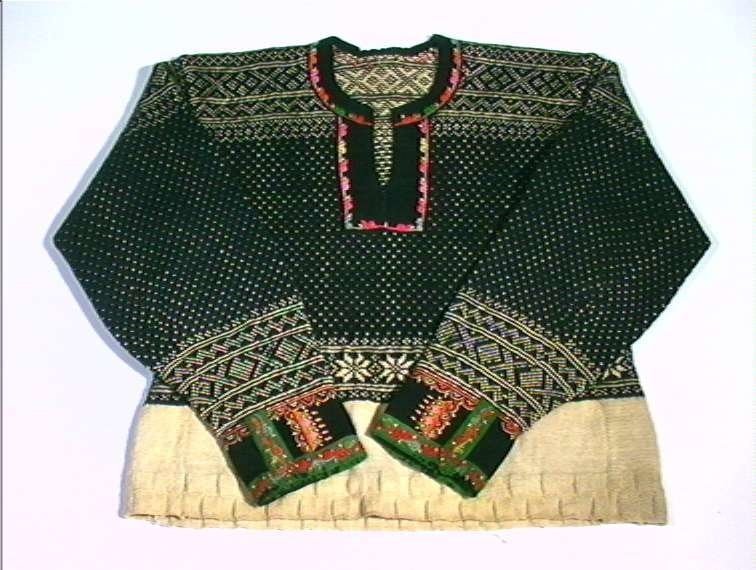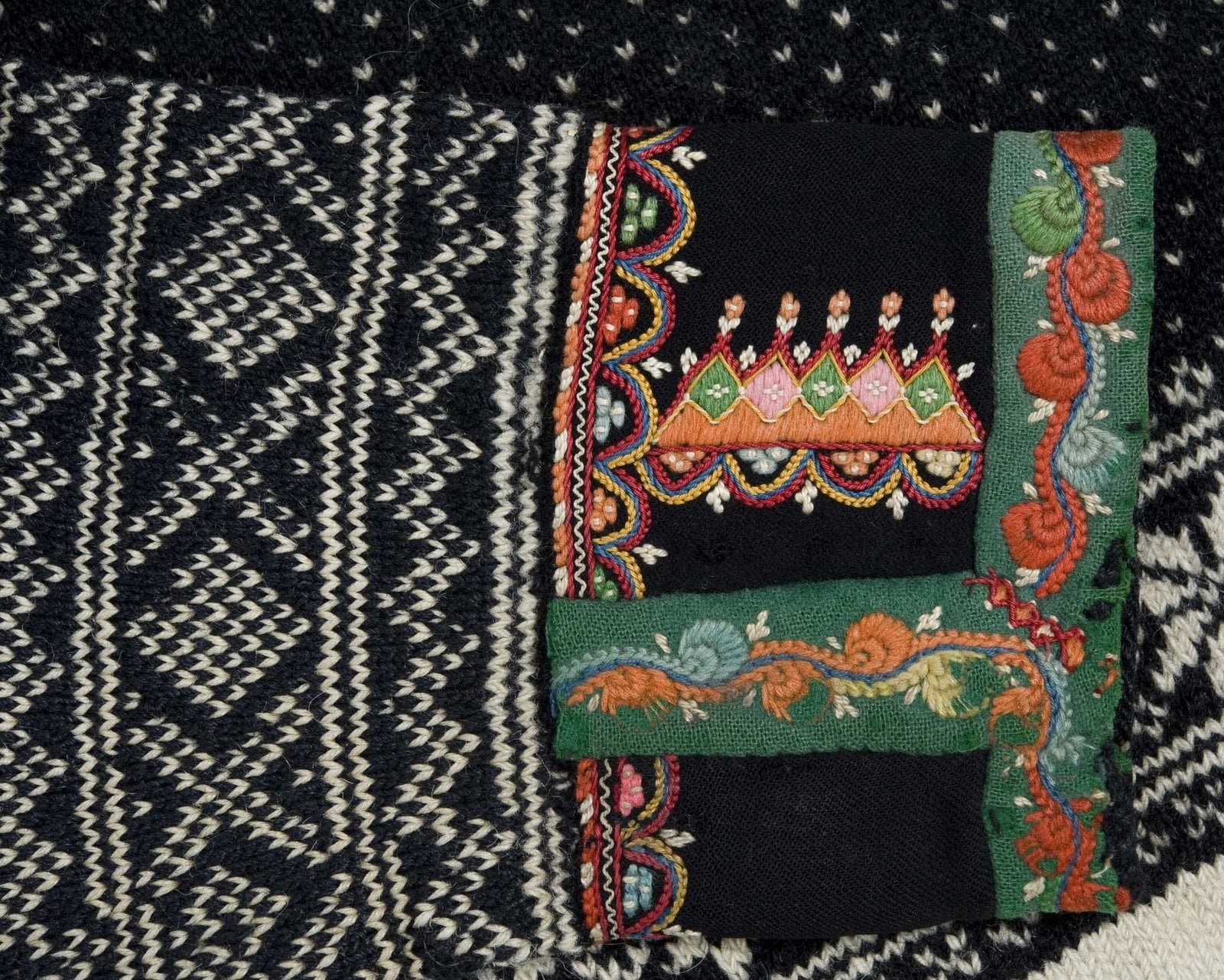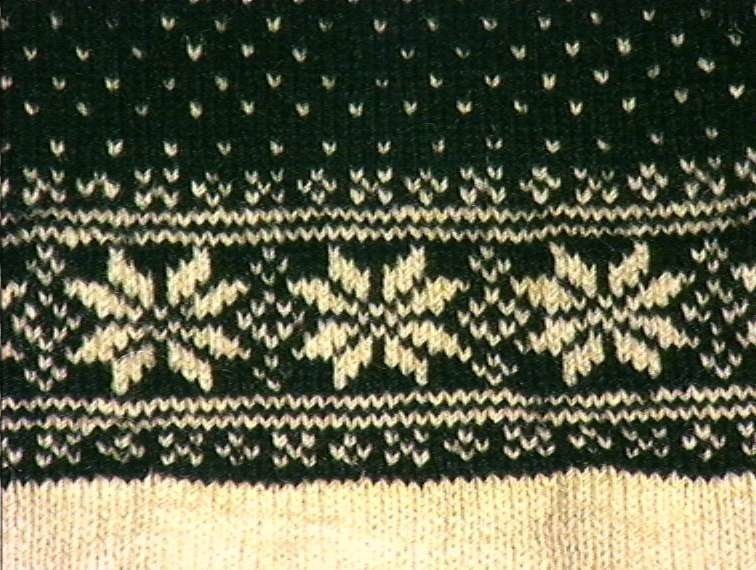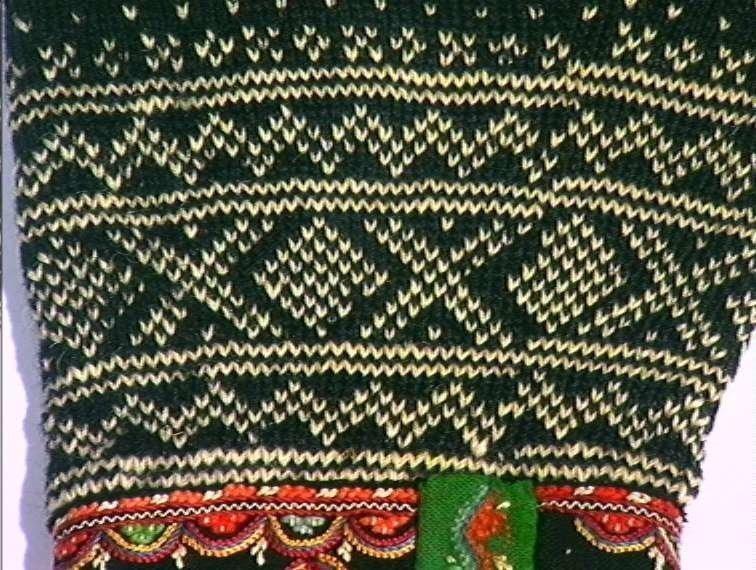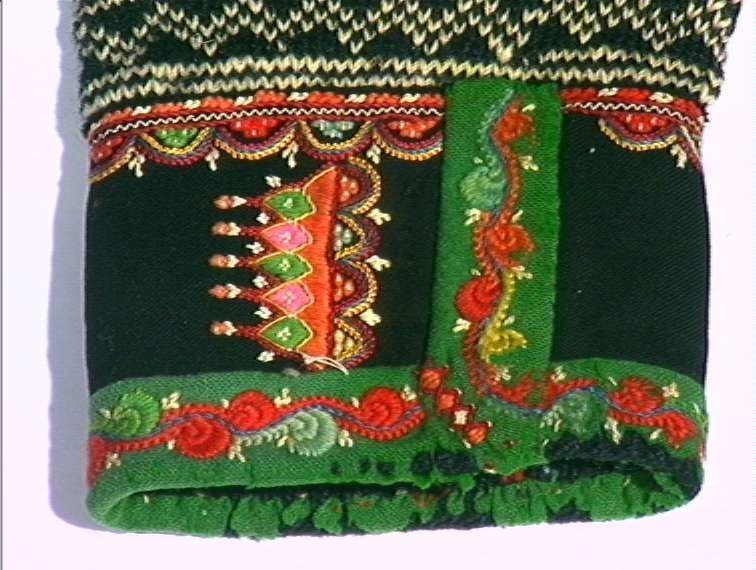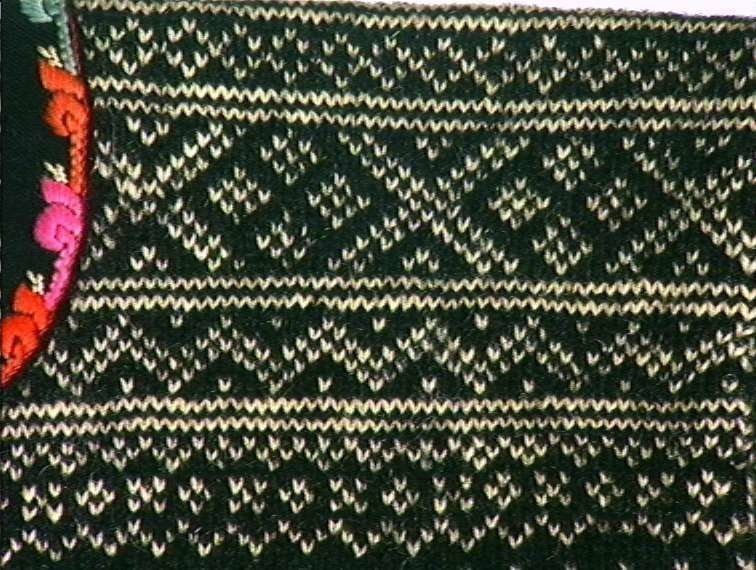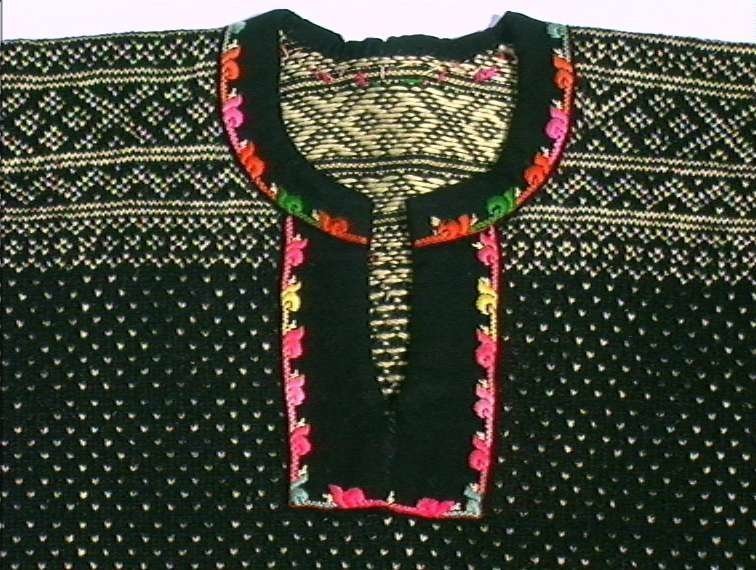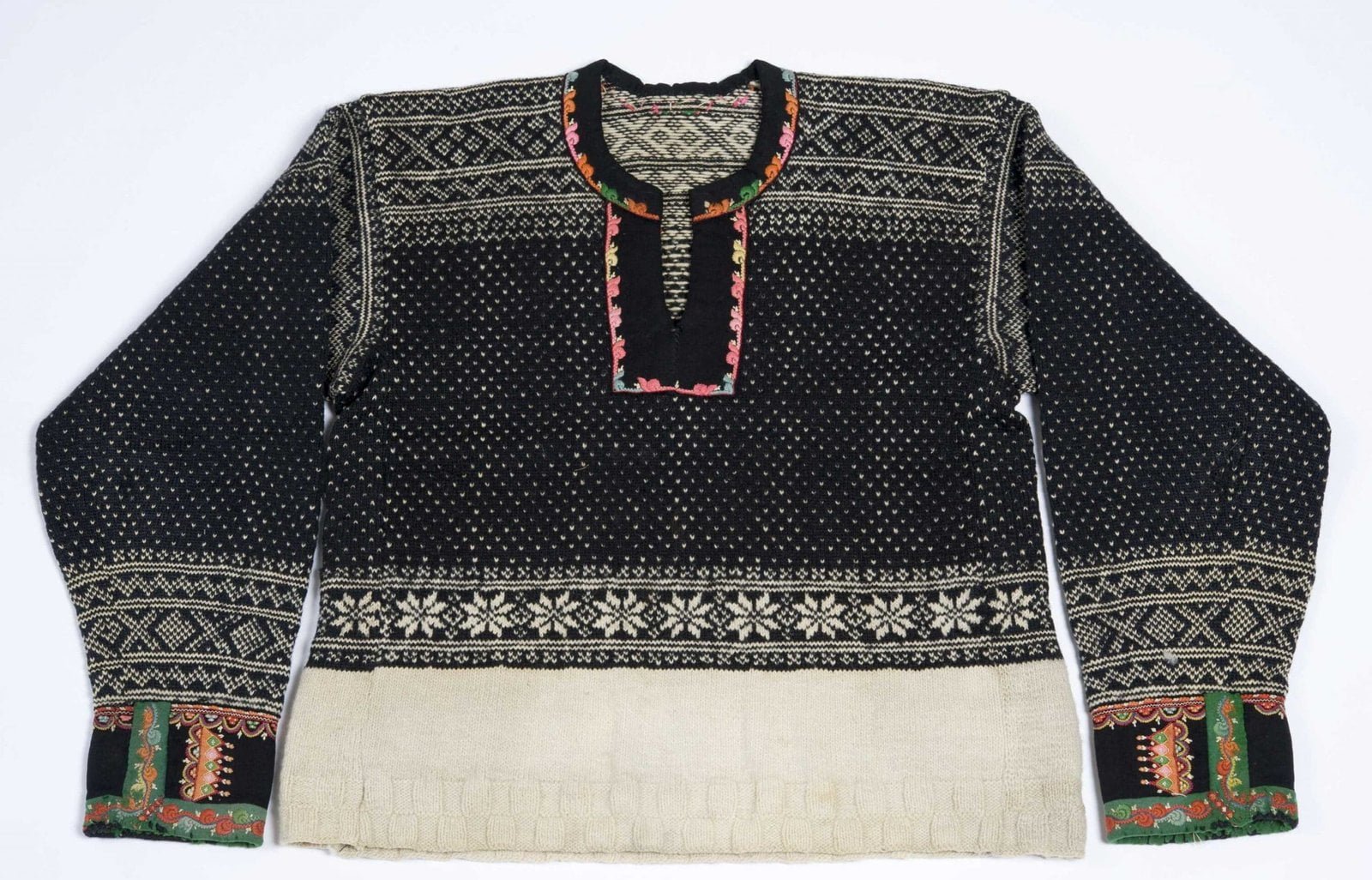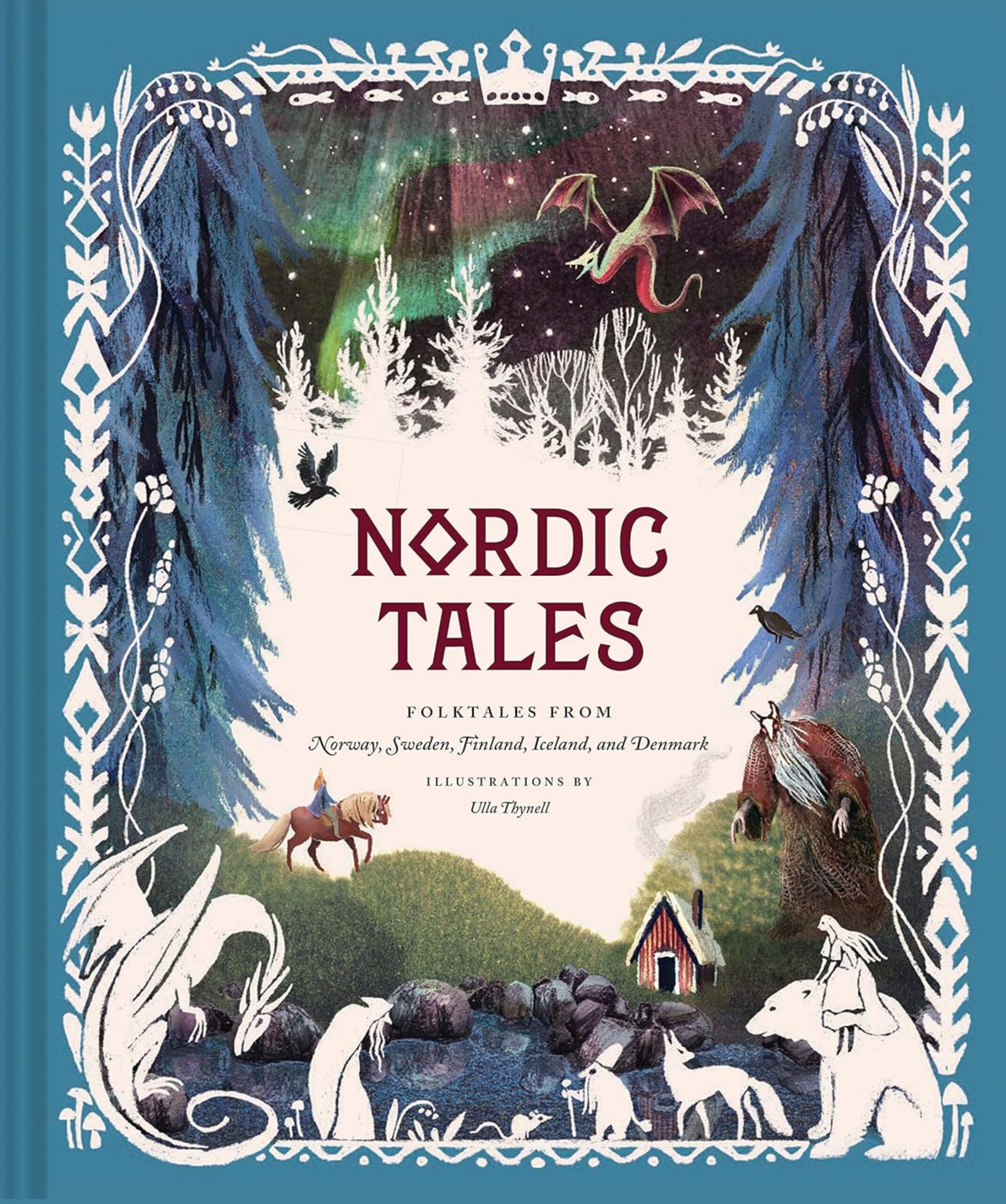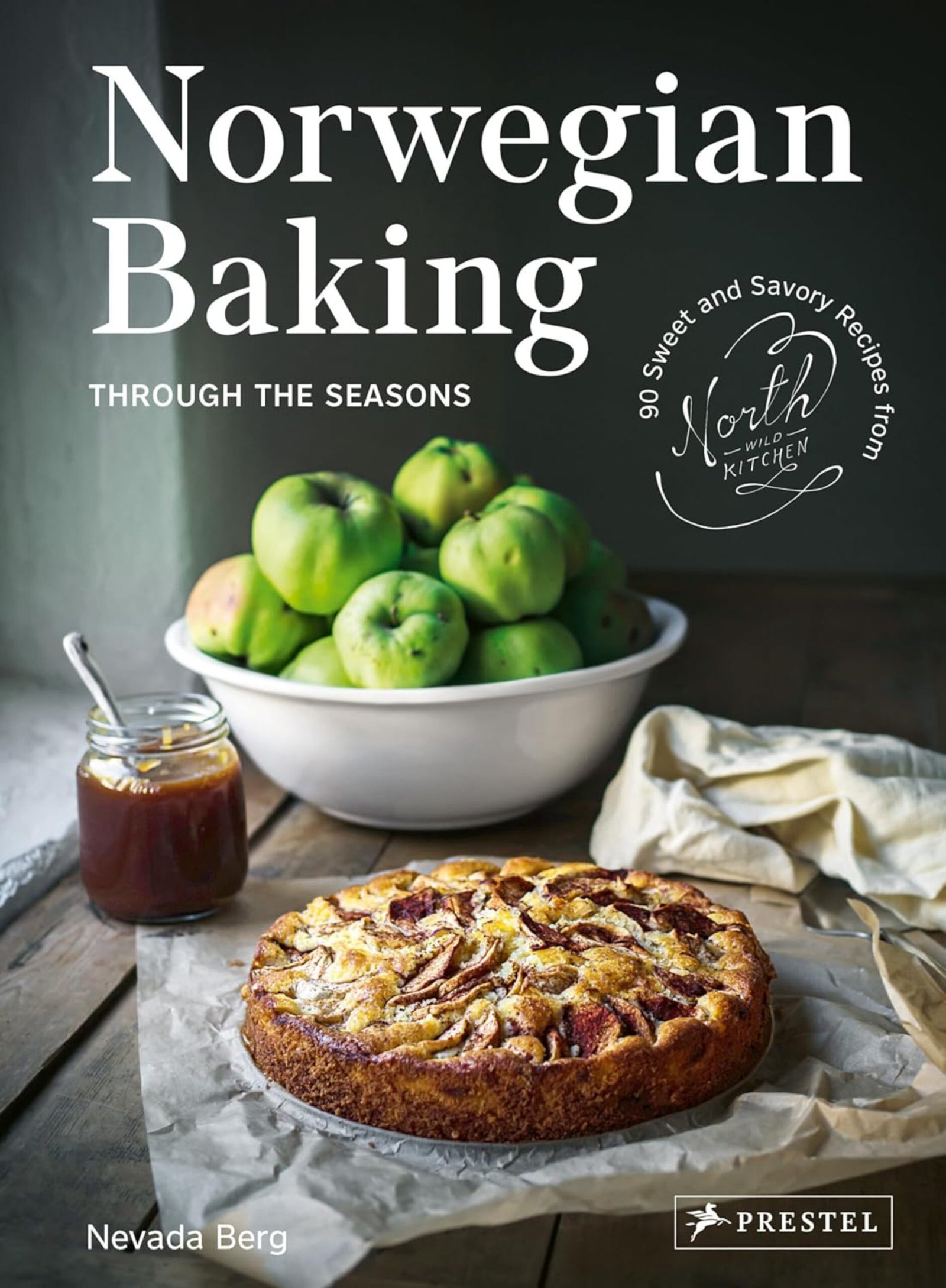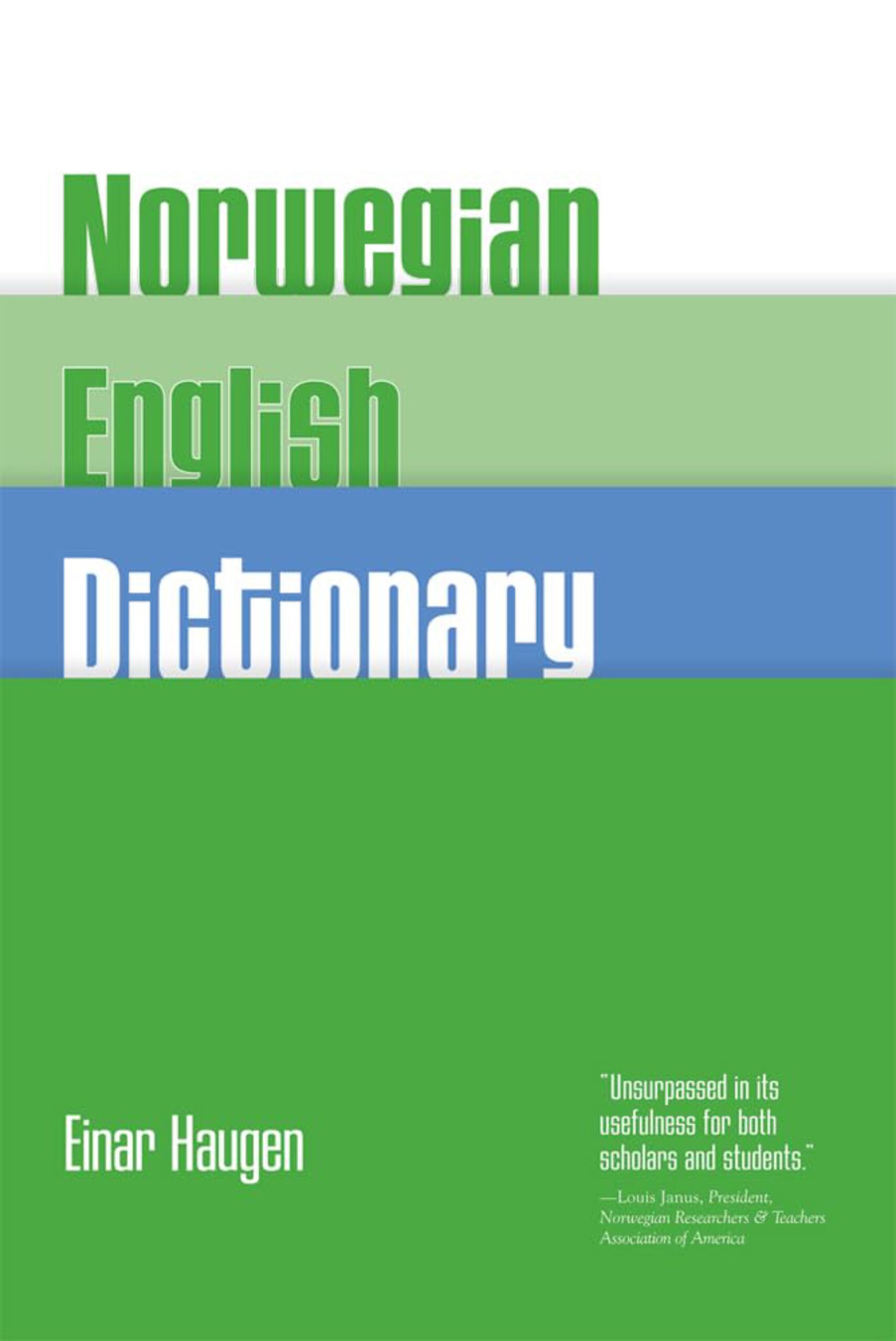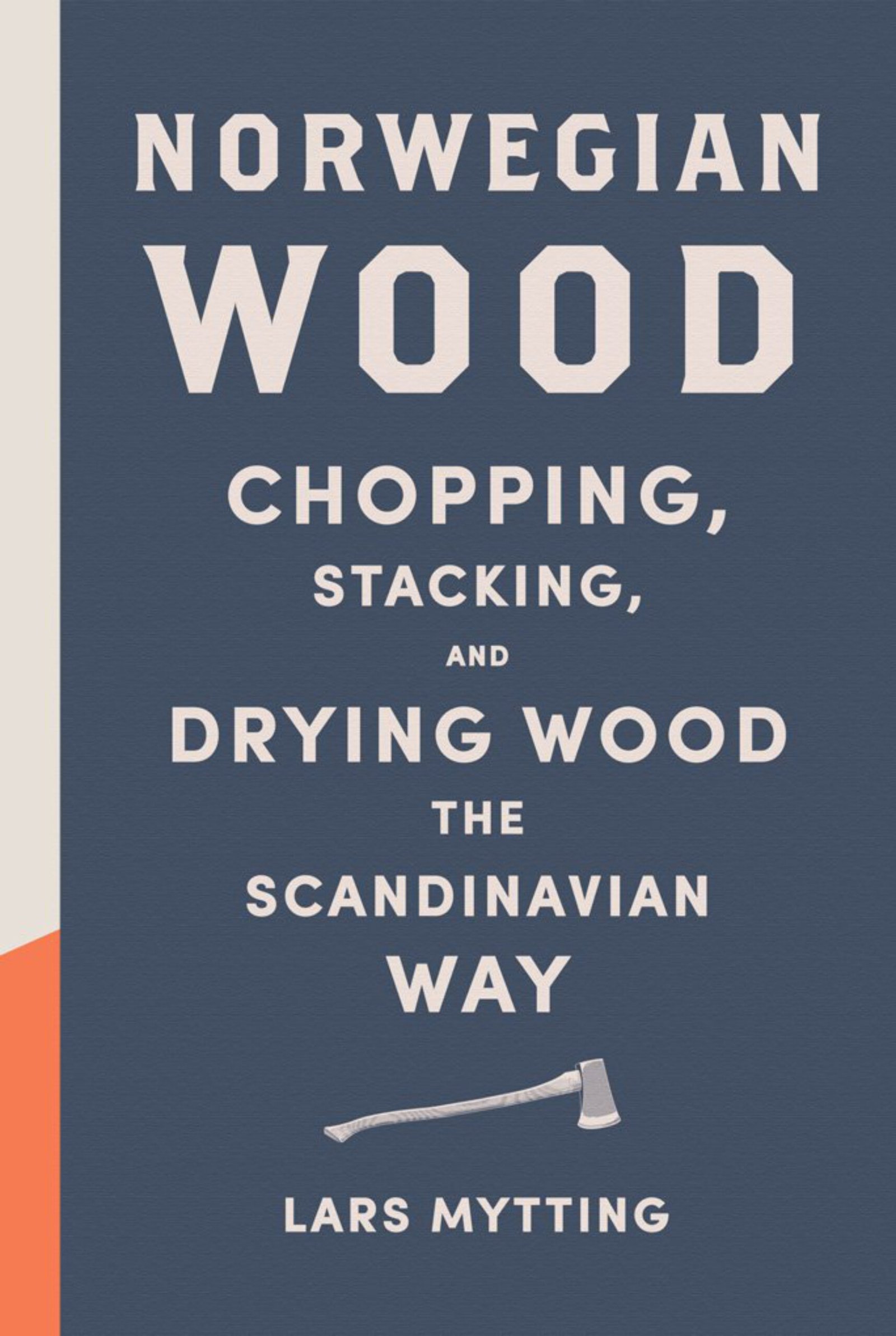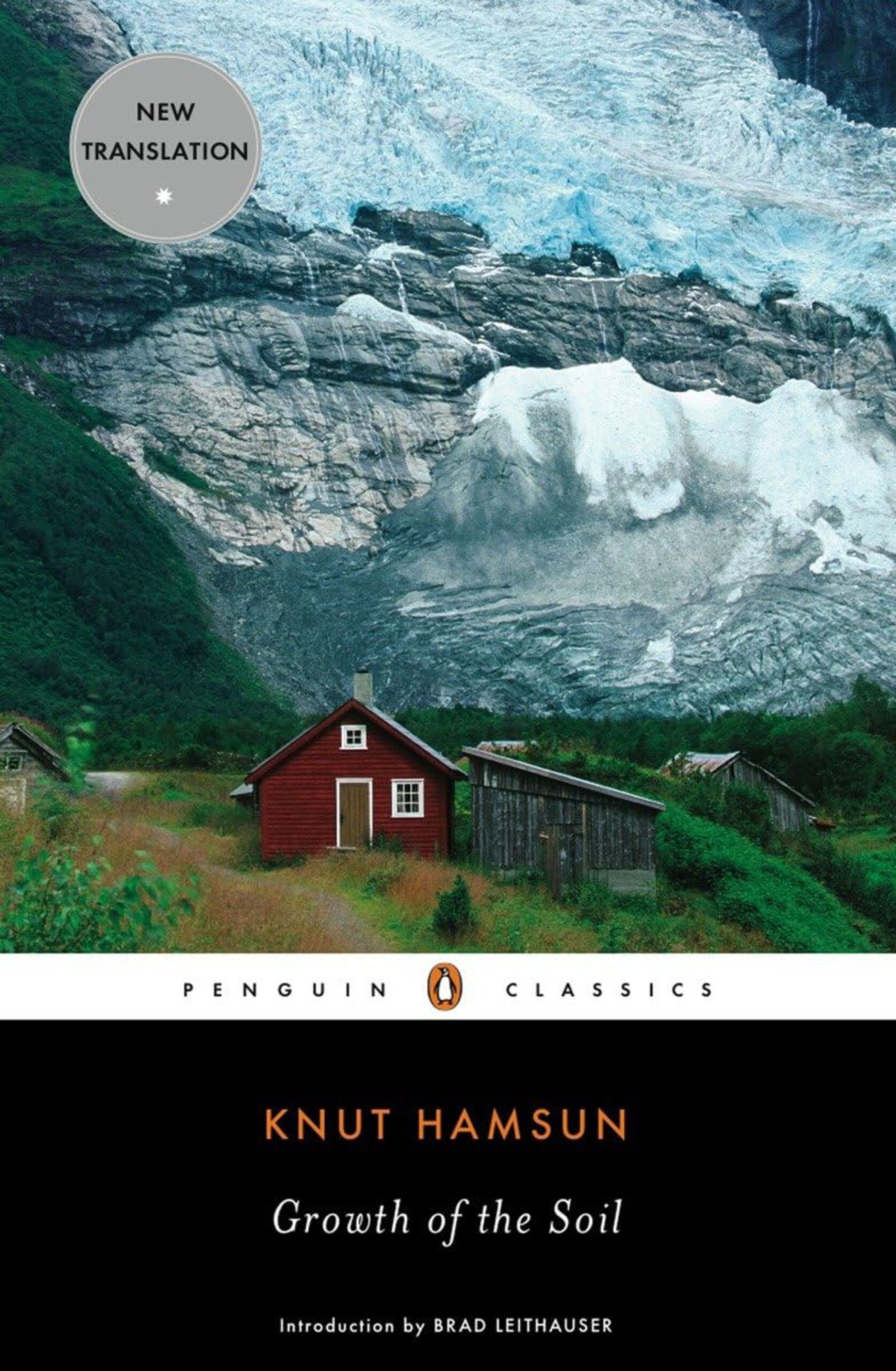Wool is the thing
The Norwegians still turn to wool when preparing for the might of the cold winter. The woollen material breathes, and you usually put on layer after layer to keep warm, covering all parts of the body. The layers allow air to settle in between, adding to the insulation effect. Traditionally, people made socks, underwear, caps, scarves, mittens, sweaters, trousers, jackets and more, either from woven fabric or knitted from yarn. Even when wet, woollen clothes will keep you warm and make you feel reasonably comfortable.
A woman-driven activity
Historically, the Norwegian population was small, and groups of people often lived in relatively isolated and scattered communities in the many valleys and fjords. The making of clothes was a woman-driven activity. Before sending their men out into the winter forest to cut timber – or on a fishing expedition on the vast ocean – they made sure that their loved ones had the warmest clothing they could possibly give them.
Local methods and patterns
Over the centuries, the women encouraged each
On a cold day, males may use this type of garment with their local folk costume –
